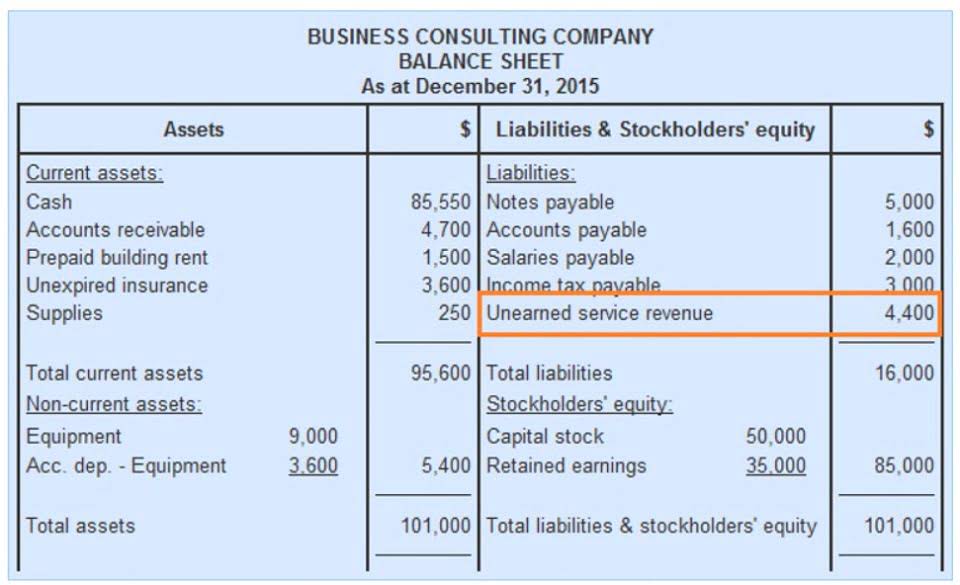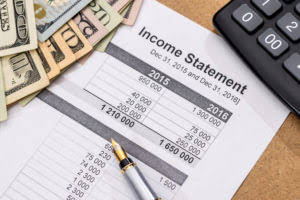
A preferred stock does not come with any voting rights but does come with more monetary benefits than common stocks. For example, preferred stock shareholders receive dividends on their investment before any common stock shareholders. Once you have collected the total number of preferred shares, common shares outstanding, and treasury shares, you’re ready to do your calculation. If you want to understand how to make money trading stocks, it’s critical to understand the different kinds of shares that companies make available. Calculating the number of outstanding shares a company has can help you to understand what proportion of a company’s stock is held by its shareholders.

Earnings Per Share (EPS) Formula
Investors investing in Alphabet shares should carefully assess the features of each class of share and consider their personal investment goals and risk tolerance before making an investment decision. Adam Hayes, Ph.D., CFA, is a financial writer with 15+ years Wall Street experience as a derivatives trader. Besides his extensive derivative trading expertise, Adam is an expert in economics and behavioral finance. Adam received his master’s in economics from The New School for Social Research and his Ph.D. from the University of Wisconsin-Madison in sociology.
Earnings per share (EPS) ratio
A company considers the total amount of shares it has authorized how to find shares outstanding to issue and has issued to shareholders, including both outstanding and treasury shares, as issued shares. Companies include authorized but unissued shares that have not yet been offered to investors in the number of issued shares. A company must disclose the total number of outstanding shares since it is an essential statistic for investors and analysts to evaluate the performance and financial health of the company. By disclosing the number of outstanding shares, a company gives investors transparency and enables them to make educated decisions.
How to find the Total Number of Outstanding Shares of the Company?

Companies may do this to increase their share price, such as if they need to satisfy exchange listing requirements or want to deter short sellers. For example, when shares outstanding are going up, the ownership stake of shareholders is diluted. And when shares are bought back, investors end up owning more of the company. Shares outstanding is a financial number that represents all the shares of a company’s stock that shareholders, including investors and employees, currently own. Below is the snapshot of the shareholder’s equity section for the company AK Steel. The company reports in its quarterly filling the information for its common stocks.

- Hence, the fully diluted shares outstanding count is a relatively more accurate representation of the actual equity ownership and equity value per share of a company.
- But, you need to know that the additional shares that can become outstanding will also be included as common stock.
- Once you’ve located the company’s balance sheet, find the line item for preferred stock.
- On the other hand, if XYZ uses $300,000 of the earnings to reduce liabilities, common equity also increases.
- A company issues outstanding shares when it decides to raise funds by selling ownership in the company to investors.
Basic outstanding shares and diluted outstanding shares are two methods for calculating a company’s total number of outstanding shares. Non-voting shares, also known as preferred shares, typically offer a fixed dividend payout and no voting rights in company matters. For example, Berkshire Hathaway’s Class B shares are non-voting and offer lower voting rights than their Class A shares. Understanding how outstanding shares work is critical for investors to make informed stock purchase or sale choices and for companies to regulate their capital structure and attract investment. The ownership of outstanding shares spreads among several shareholders, with no single shareholder controlling the company. However, some Grocery Store Accounting shareholders own a considerable portion of the outstanding shares and hence have more control over the company’s decisions and outcomes.
- A metric that can be used to identify more efficient companies is the return on equity (ROE).
- The amount is listed on the balance sheet in the company’s shareholders’ equity section.
- The second formula (Common Shares + Preferred Shares + Paid-In Capital + Retained Earnings) breaks down the components that make up SE, showing its sources of funding and accumulated profits.
- We can then subtract the 5,000 shares repurchased from the 10,000 new securities created to arrive at 5,000 shares as the net dilution (i.e., the number of new shares post-repurchase).
- EPS also does not take into account the price of the share, so it has little to say about whether a company’s stock is over or undervalued.
- The company issued fewer shares than it was authorized to issue, which is 316,569,578 shares.
This investor will get $100 (1,000 shares X $0.10) in dividends if the company announces a $0.10 per share dividend. Outstanding shares represent the ownership stake in the company offered for sale on the public market. Issued shares are the shares that have actually been sold to investors, which can be a subset of bookkeeping authorized shares. The number of outstanding shares impacts a company’s liquidity and ability to buy back shares. Floating shares represent a company’s active shares or turnover among various investors in the market, except for parties holding a significant capital share. Again, there should be a statement within the line item description stating the number of shares outstanding, which you should retain.
- This formula calculates the total value of all outstanding common shares of a company.
- This makes preferred stock a more attractive option for investors seeking a steady income.
- APIC is created when a company issues new shares, either during an initial public offering (IPO) or in subsequent offerings.
- U.S. generally accepted accounting principles (GAAP) require marketing costs to be expensed immediately, reducing the book value per share.
- EPS figure is extremely important for actual and potential common stockholders because the payment of dividend and increase in the value of stock in future largely depends on the earning power of the company.
How to calculate Common Stock using its formula?
- For instance, banks or high-tech software companies often have very little tangible assets relative to their intellectual property and human capital (labor force).
- You should take into account all of the financial information available to make an investment decision.
- Companies include authorized but unissued shares that have not yet been offered to investors in the number of issued shares.
- The Treasury Stock Method (TSM) is used to compute the net new number of shares from potentially dilutive securities.
- By measuring the value of a company’s common equity, a practitioner can analyze the current valuation of its total shares outstanding on a diluted basis.
- For example, the price-to-earnings (P/E) ratio calculates how much investors are paying for $1 of a company’s earnings by dividing the company’s share price by its EPS.
Here’s what you need to know about the different share counts that publicly traded companies use, as well as how you can calculate the number of outstanding common shares. The outstanding shares figure is useful to know for an investor that is contemplating buying shares in a company. Dividing the number of shares to be purchased by the number of shares outstanding reveals the percentage of ownership that the investor will have in the business after the shares have been purchased. Let us understand where investors and analysts can find the data regarding the total outstanding shares of a company through the points below. Basic shares mean the number of outstanding stocks currently outstanding, while the fully diluted number considers things such as warrants, capital notes, and convertible stock.

A corporation sells its shares in order to make money from the individuals so that it can invest this money in the further progress of the corporation. In replacement, the company provides voting rights to the stockholders and the dividends when it is issued. Using the SUMPRODUCT function, we’ll calculate the weighted average shares outstanding over fiscal year 2021, which comes out to 448,265. If the beginning or ending share count were used, there would be a mismatch in the timing between the numerator (which typically spans the full fiscal year) and the denominator. Therefore, the misalignment in timing must be rectified by using the weighted average shares outstanding in the earning per share (EPS) calculation. Over the course of a reporting period—most often a fiscal year—the total number of common shares in circulation increases and decreases multiple times for most public companies.
About
- Web |
- More Posts(31559)
